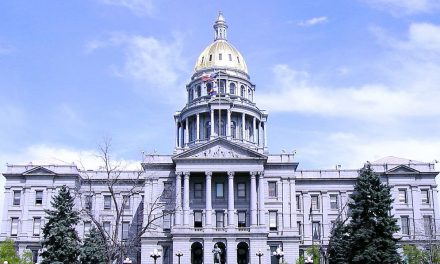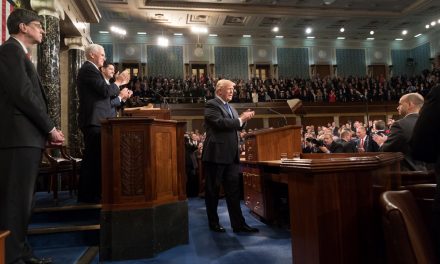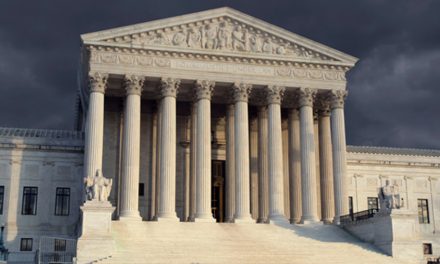While Democrats and Republicans in Congress are still a ways apart on the terms of the next stimulus bill related to the COVID-19 pandemic, President Donald Trump issued four directives over the weekend intended to bring economic relief to families and workers.
The president signed one executive order and three presidential memorandums on Saturday. Here’s the breakdown of what his actions look like.
Unemployment bonus payment. Under the CARES Act passed by Congress in March, unemployment recipients received an extra $600 per week on top of their normal payment, but that provision expired at the end of July. Democrats in the House voted to renew the $600—Republicans in the Senate want the payment to be in the neighborhood of $200 per week. The presidential memorandum takes $44 billion from FEMA’s budget to pay an average extra $300 per week to unemployment recipients, with states making up another $100 to equal $400. Again, the $400 per week would be in addition to the normal unemployment compensation made to unemployed workers.
Payroll Tax Deferral. If you make less than $104,000 per year, the employee’s portion of the payroll tax typically deducted by your employer from September 1 to December 31 will be deferred, meaning that take-home pay will increase for the average worker by about $1200 over that period. The president wants Congress to convert that deferral into a permanent one—otherwise, workers will have to pay that back at some point.
Evictions and Foreclosure Help. The CARES Act placed a moratorium on mortgage foreclosures and evictions of tenants, but that moratorium will soon expire. Although it will take an Act of Congress to renew those, the president has directed the Secretary of the U.S. Department of Health and Human Services and the Secretary of Housing and Urban Development to take whatever actions may be within their power to stem evictions and foreclosures through the use of available grants and funds.
Student Loan Payment Relief. The CARES act suspended student loan payments and interest until September 30. The president is directing the Secretary of Education to “take action pursuant to applicable law to effectuate appropriate waivers of and modifications to the requirements and conditions of economic hardship deferments described in section 455(f)(2)(D) of the Higher Education Act of 1965, as amended, 20 U.S.C. 1087e(f)(2)(D), and provide such deferments to borrowers as necessary to continue the temporary cessation of payments and the waiver of all interest on student loans held by the Department of Education until December 31, 2020.”
What happens next? There are several unknowns. While it’s expected there will be legal challenges to the president’s actions, it’s unclear where those will come from. Senators from both political parties criticized the president’s actions over the weekend, including Democrats such as New York’s Charles Schumer and Nebraska Republican Ben Sasse. States may object to the president’s request to chip in $100 to the unemployment bonus payment, but the payment is not mandatory.
The stock market responded positively to the weekend’s news by midday on Monday with an almost 300 point gain.
Photo from Shutterstock
Visit our Election 2020 page






